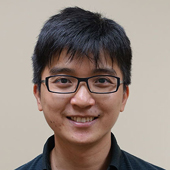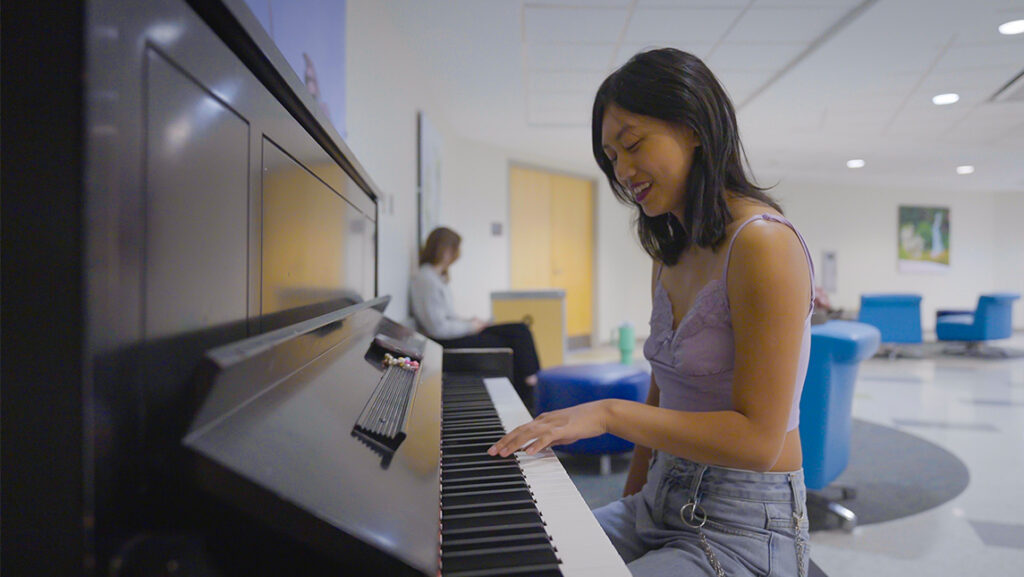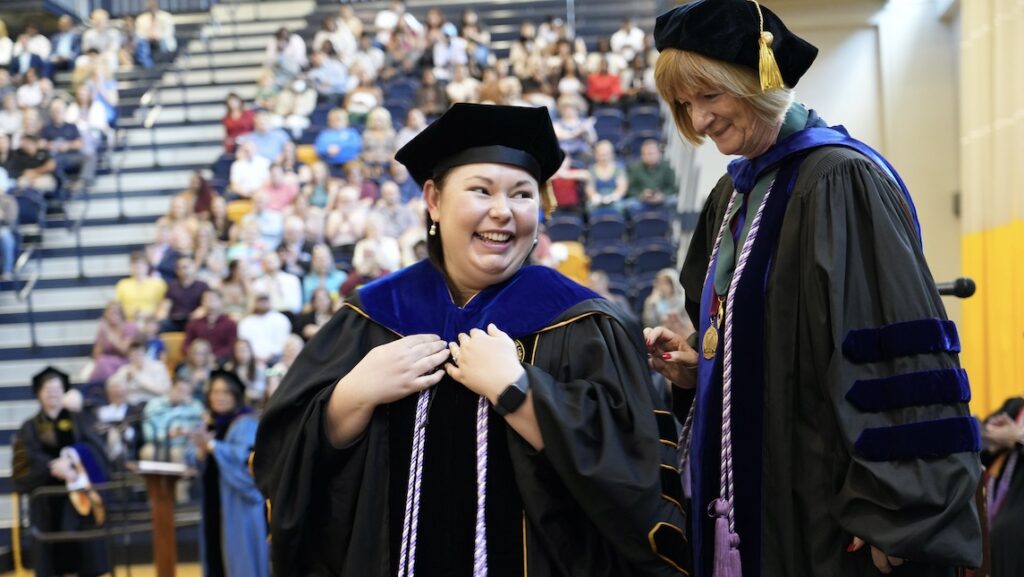
Dr. Yu-Min Chung (Mathematics and Statistics) received new funding from the College of William and Mary, Prime: National Science Foundation for the project “Multiparameter Persistence: An Algebraic Topological Framework for Analyzing MIcrostructure in Porous Media.”
Computational topology and the field of topological data analysis offer powerful tools for analyzing robust structure in noisy images. This project aims to direct this tool at understanding microstructure and fluid flow in porous media. The structure of the pore space in the material affects the strength of the material and dictates how efficiently liquids and gases can percolate or diffuse through the substrate. In the past, the best way to observe structure in porous media was to carefully image 2-dimensional cross-sections of a sample and interpolate the microstructure in between.
More recently, X-ray micro-computed tomography (micro-CT) and related techniques have emerged as promising tools for rendering three-dimensional structures in a quick and nondestructive manner and with higher resolution. However, as with most physical measurement methods, micro-CT renderings typically contain noise and, depending on resolution, may miss small scale features. Furthermore, standard techniques for processing the data are often subjective, relying heavily on thresholding choices based on visual cues.
Fundamental limitations to the processing of these images has inhibited progress in analyzing and including higher-resolution microstructural information into the study of the material and in gas and fluid transport models. While the field of algebraic topology enjoys a long history within mathematics, the recent development of software to compute topological invariants in data sets has drastically increased the ability of researchers to apply these sophisticated tools in a variety of ways. Topological measurements such as Betti numbers that count holes of different dimensions, and persistent homology that records and tracks topological features in an appropriate filtration of the data, have shown promise in extracting structure from data. However, many of the methods generated in this field require further development, justification, and optimization.
This project utilizes the formalism of algebraic topology, including an extension of (one-dimensional) persistent homology called multiparameter persistence, to properly frame the effects of thresholding, denoising, smoothing, and dimension reduction on processing structural images. In this framework, methods for extracting important topological and geometric information, as well as improving accuracy in renderings of microstructure, can be considered in a cohesive and mathematically rigorous manner.
The motivating application for this work is the analysis of micro-CT images of ice core data and the related gas age-ice age problem in climate science. Ice cores are retrieved from locations where ice rarely melts and instead forms from the densification of snowfall under the pressure of subsequent accumulation.
The primary goals include (1) utilizing algebraic topology to improve topological and geometric accuracy in renderings of microstructure extracted from noisy 2 and 3D images of porous media, (2) utilizing algebraic topology to quantify the robustness of geometric and topological measurements of microstructure, (3) investigating sensitivity of gas transport and related models to renderings of microstructure and identifying key topological and geometric structural parameters for reduced model construction, and (4) applying developed techniques to firn data and the gas age-ice age problem.


